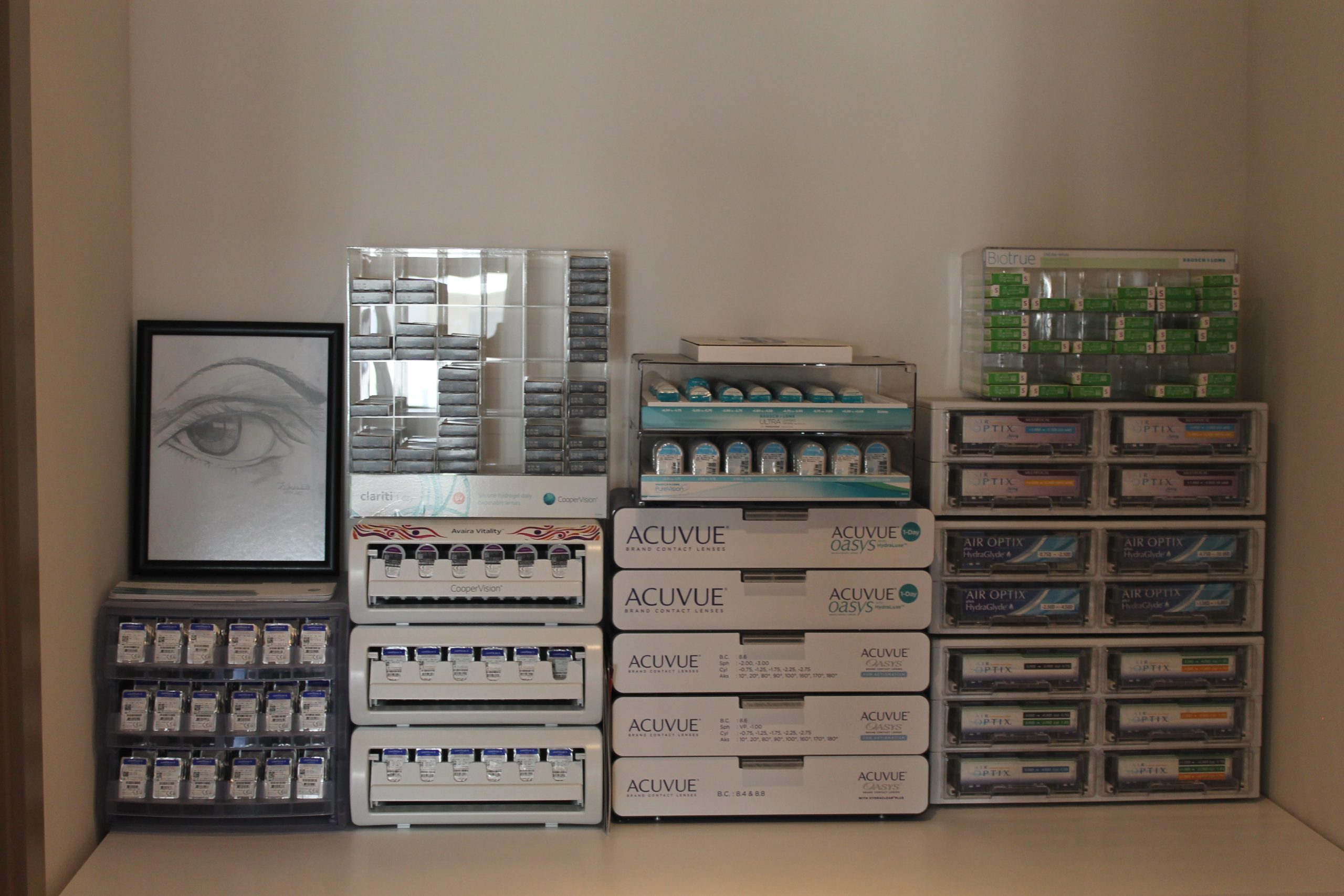Contact lenses are used to correct visual impairments, change eye color, or treat corneal diseases.
Contact lenses have evolved from blown glass lenses that completely covered the front of the pupil in the 1800s to thin plastic corneal lenses. Today, lens types and materials are diverse with the usage options they provide.

An eye examination is performed by an ophthalmologist to select the appropriate contact lens for the eye structure. The type, degree, base curve and diameter of the lens to be used are determined during the examination. A lens is worn at the same time or in the closest possible diopter to determine the fit. The lens’ movement, balance, and average are examined.

Appropriate Contact Lens Criteria
Contact lenses are designed to rest on the cornea. They are held in place primarily by adhering to the tear film covering the front of the eye and a little bit by the pressure of the eyelids.
As the eye blinks, the eyelid slides across the surface of the contact lens, causing the front to move slightly. This movement allows tears to provide the necessary lubrication and helps wash away debris.
A lens that is too tight does not move at all. It can cause sensitivity in the eye. The user may be comfortable at first, but visual acuity is poor. It can cause complications in the long term.
A lens that is too loose moves excessively. The lower eyelid feels the lens a lot. The image becomes blurry after blinking. The lens is off-center. The edges of the lens may curl.
- A lens that fits the eye is well-centered and wraps around the cornea.
- The lens should move slightly for tear circulation. It should be able to move 1 mm vertically in the push-up test and after blinking.
- The user should see clearly and comfortably and should not feel the lens.
- Vision should not change after blinking.
- The edge strip should not put pressure on the eye.
- Contact lenses should not be worn while sleeping. You should not go into the sea or pool.
- If you experience redness or a stinging sensation in your eye while using contact lenses, you should immediately remove the lens and consult a doctor.
Physical Properties of Lenses
Back surface: The part of the lens that comes into contact with the cornea.
Front surface: The side of the lens that does not come into contact with the cornea. It is curved to change the refraction of light to the extent necessary to correct the refractive error.
Base curve: In order for a lens to be comfortable, the back surface that contacts the eye and the front surface of the cornea must be compatible and have a similar slope. The base curve is the radius of the optical area of the back surface. It is one of the most important parameters since it is the slope of the lens to fit the eye. In cases where the applied lens is very tight, the base curve should be enlarged, and in the opposite case, it should be reduced.
The larger base curve is flat and is called FLAT. The smaller base curve is curved and is called STEEP.
Diameter: It is the mm measurement taken from the outermost edge of the lens in the center to the other edge. The diameter affects the lens’s fit to the eye. These values are between 13.5 / 14.5 mm for soft lenses and 7 / mm for hard lenses.
